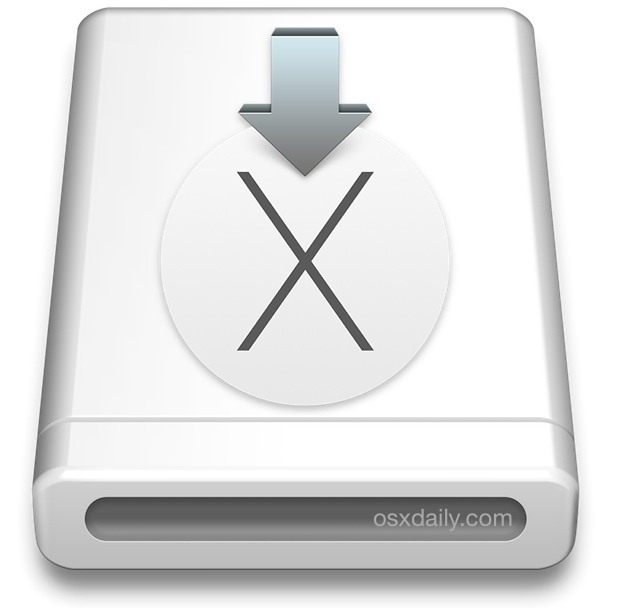Sep 22, 2018 DMG files are often used to install OS X software that is downloaded from the internet to mount a virtual disk on the Mac PC when opened. The DMG files are specific for the Mac computers, not for the Windows computers. OS X 10.10 (Download Yosemite DMG) OS X 10.11 (El Capitan) MacOS 10.12 (Sierra) MacOS 10.13 (High Sierra) Features of. I've come up with three ways you can create a bootable OS X install drive for the Yosemite: using the installer's built-in createinstallmedia tool; using Disk Utility; or performing the Disk. Dec 11, 2020 Open the disk image, then open the.pkg installer inside the disk image. It installs an app named Install Version Name. Open that app from your Applications folder to begin installing the operating system. MacOS Sierra 10.12 can upgrade El Capitan, Yosemite, Mavericks, Mountain Lion, or Lion.
- See Full List On Isoriver.com
- Updating Mac From OS X Yosemite 10.10.5
- There Is No Disk For Me To Select When It… - Apple Community
Yosemite is the next version of OS X. It contains a lot of new features and enhancements. The UI elements are redesigned, general font is changed, Notification center is improved, iOS and OS X integration is well developed and many apps are redesigned. Yosemite 10.10 now contains a dark mode too. It is always recommended by Apple to install the latest OS X version not only to enjoy the new features but also to use bug free version on your PC.
You may also like to read the following posts:
However, if you are still not confident that you'll be comfortable with the new version or you fear any of your must-have software won't work properly on it, you can install Yosemite either on a separate partition or on an external USB drive and hard drive to check it first.
In this tutorial we will explain how you can keep both Mavericks and Yosemite on the same drive but in two different partitions or install Yosemite on a external USB stick.
How to Make Partition and Prepare Your Internal Drive for Yosemite:
By partitioning the drive, Yosemite will be isolated from already installed OS. If anything bad happens to the operating system, you can safely delete the partition whereas the actual OS will remain intact. Always back up your drive with Time Machine or with any other suitable option so that your data remains saved in case something unusual happens to the drive.
- First of all open 'Applications' -> 'Utilities' Folder and then double click on Disk Utility.
- Select your hard drive (HD) from the left bar.
- Click on 'Partition.

- Now click on small (+) sign.
- At this point you can give a specific name to the new partition and even resize it according to your need.
See Full List On Isoriver.com
- Click on 'Apply'.
- A new box will appear to confirm whether you are sure you want to partition the disk. Click on 'Partition' to confirm the changes.
You have now created the new partition on which you can safely install Yosemite. The complete installation procedure of Yosemite is coming after this next topic. I want to install google chrome.
How to Prepare External USB Drive for Yosemite:
Updating Mac From OS X Yosemite 10.10.5
Get google chrome faster. We don't recommend you to install Yosemite or any other OS X version on USB 2.0 because of slow performance but if there is no other choice, you can follow these steps to prepare your USB disk for this purpose. Try to get USB 3.0 or external drive for better performance.
- Launch Disk Utility application as we mentioned above.
- Insert the USB storage in your PC's USB port and select it from the left bar of Disk Utility.
- Now click on Erase option so that you get rid of already installed stuff. You should use USB Disk having minimum 16GB free space for Yosemite installation.
- Under 'Erase', select 'Mac OS X Extended (Journaled)' and give the drive a suitable name. After that click on 'Erase…' button. This option will remove all the data from your drive. Make it sure you selected the correct drive to erase because there is no return point after that.
There Is No Disk For Me To Select When It… - Apple Community
- Now click on 'Partition' tab.
- Under the 'Partition Layout' select 'Partition 1'. You can also change the name of partition here. And make it sure 'Mac OS X Extended (Journaled) is selected against 'Format' of the partition.
- After that click on 'Options.' and select 'GUID Partition Table'. Click on 'OK' to confirm.
- Now click the 'Apply' button to complete the partition process.
Your USB drive or any external drive is now ready for Yosemite.
How to Install Yosemite on USB Drive or on Internal Drive Partition:
We have told you the procedure how to make your desired storage drive ready for the installation. The next step is very simple.
- Download Yosemite OS X 10.10 from Mac App Store.
- Or if you have already downloaded it from any other source (google the source!! :) ), double click on the installer.
- After agreeing with the licensing terms, choose 'Show all Disks' so that you can pick up the external drive.
- Now select the desired location and click on 'Install'.
The rest of the process is automatic. Now just sit back and let the installer finish installing Yosemite on your drive. If you selected the internal partition, you can switch to Mavericks or Yosemite when the system reboots. At reboot simply keep pressed down the 'Options' key. A screen will appear from where you can choose either Mavericks or Yosemite.

